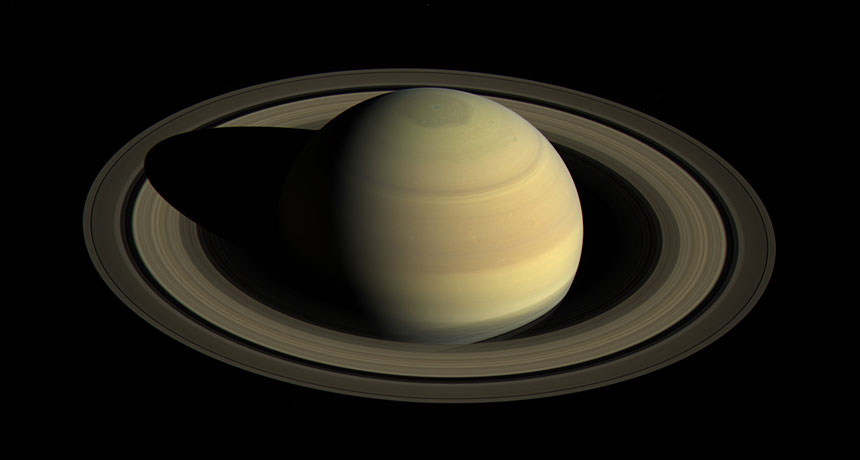Ring ripples reveal how long a day lasts on Saturn
The giant planet rotates once every 10 hours and 33 minutes

CATCH A WAVE Ripples in Saturn’s rings, shown in this image from the Cassini spacecraft, revealed the length of a day on the gas giant.
Space Science Inst., JPL-Caltech/NASA